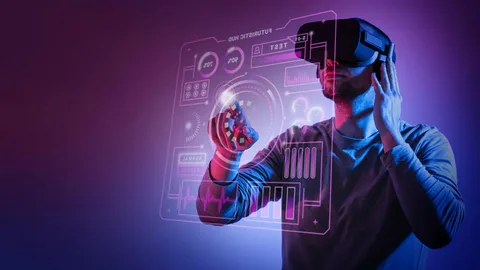In today’s rapidly evolving digital landscape, technology has become a cornerstone of daily life, influencing various facets of how we connect and communicate. From the advent of the telegraph to the proliferation of the internet and social media, each technological leap has brought with it significant changes. This article delves into the profound effects of these innovations on communication, underscoring the transformations that have redefined human interaction in the digital age.
The Evolution of Communication Tools

The transformation from analog to digital has revolutionized not only how we access information but also how we relate to each other. The telephone, once a marvel of engineering, now sits in the pockets of over half the world’s population in the form of smart devices that offer instant video and text communication.
The Rise of Instant Connectivity
Instant connectivity has shrunk the world, enabling real-time communication across the globe. This rapid exchange has helped businesses grow at an exponential rate and families to stay connected irrespective of physical distance.
Social Media: A New Public Square
Social media has redefined the public square, providing platforms where voices can be heard globally. It is not just a tool for socialization but a significant business tool and a powerful medium for cultural exchange and political discourse.
Digital Etiquette and Miscommunications
As much as digital communication has enriched our lives, it has also brought challenges. Digital etiquette, or the lack thereof, can lead to misunderstandings and conflicts. Tone and intent are often lost in text, leading to the phenomenon known as context collapse.
The Privacy Paradox
With the convenience of technology comes the issue of privacy. The privacy paradox highlights a critical problem: while people express concern about their digital privacy, they often provide personal information in exchange for conveniences.
Impact on Language and Expression
Technology has also transformed our language. Texting, emojis, and memes have created new dialects, often reshaping how we express emotions and conduct conversations.
Accessibility and Inclusion
Technological advancements have made communication more accessible, helping bridge gaps for those with disabilities through assistive technologies. However, there is still a long way to go to achieve full inclusion.
Misinformation and Cyber Manipulation
The digital age has seen a rise in misinformation, with significant impacts on public opinion and democracy. Technology facilitates rapid spread of false information, challenging users to maintain critical thinking.
Technology in Education and Training
Digital tools have transformed educational landscapes, making learning more accessible and interactive through virtual classrooms, simulations, and personalized learning experiences.
Corporate Communication and Remote Work
Remote work, empowered by digital communication tools, has become a staple in the corporate world, reshaping how businesses operate and employees interact.
The Psychological Impact
Technology’s influence extends to our psychological health, affecting attention spans, mental health, and overall well-being.
Future Trends: AI and VR

Looking ahead, artificial intelligence and virtual reality promise to further impact communication, with potentials to enhance how we interact, learn, and collaborate.
Ethical Considerations
With these advancements, ethical considerations must be addressed, particularly concerning equity, privacy, and the psychological effects of continuous connectivity.
Conclusion
Technology’s impact on communication is profound and far-reaching, offering both incredible benefits and significant challenges. As we navigate this digital era, fostering awareness and understanding of these impacts will be crucial.
FAQs
1. What are the positive impacts of technology on communication?
Technology has enabled instant connectivity, broadened access to information, and fostered global social networks.
2. How has social media changed personal communication?
Social media platforms have created new ways for people to interact, share, and discuss ideas, transcending traditional geographical and social boundaries.
3. What are the main concerns with digital communication today?
Privacy issues, the rise of misinformation, and the loss of interpersonal etiquette are among the top concerns.
4. How does technology affect our mental health?
While it provides significant benefits, the overuse of technology can lead to issues like distraction, stress, and impaired social skills.
5. What future technologies might further impact communication?
Artificial intelligence and virtual reality are set to redefine communication norms, enhance interactive experiences, and create more immersive communication environments.

